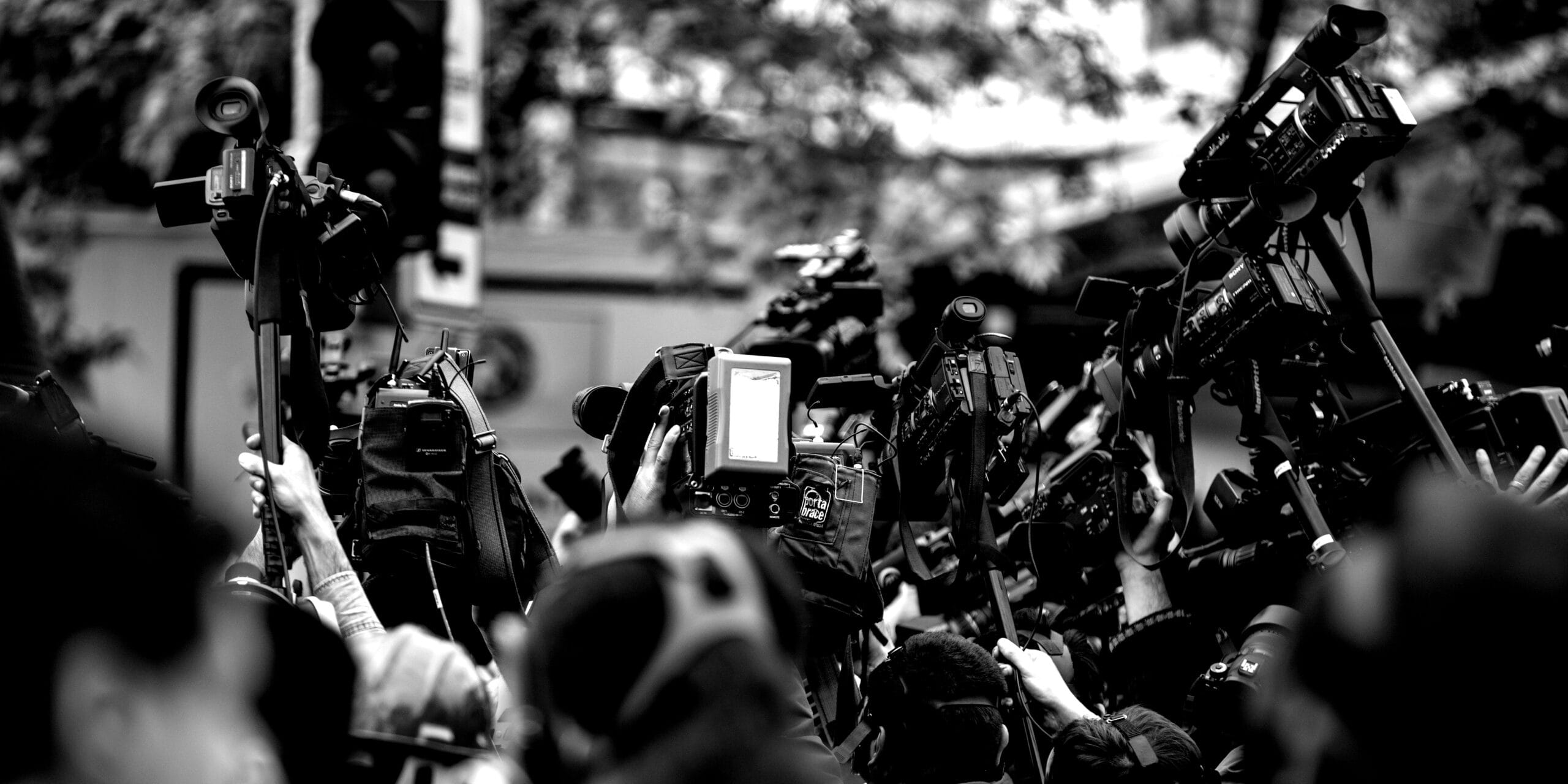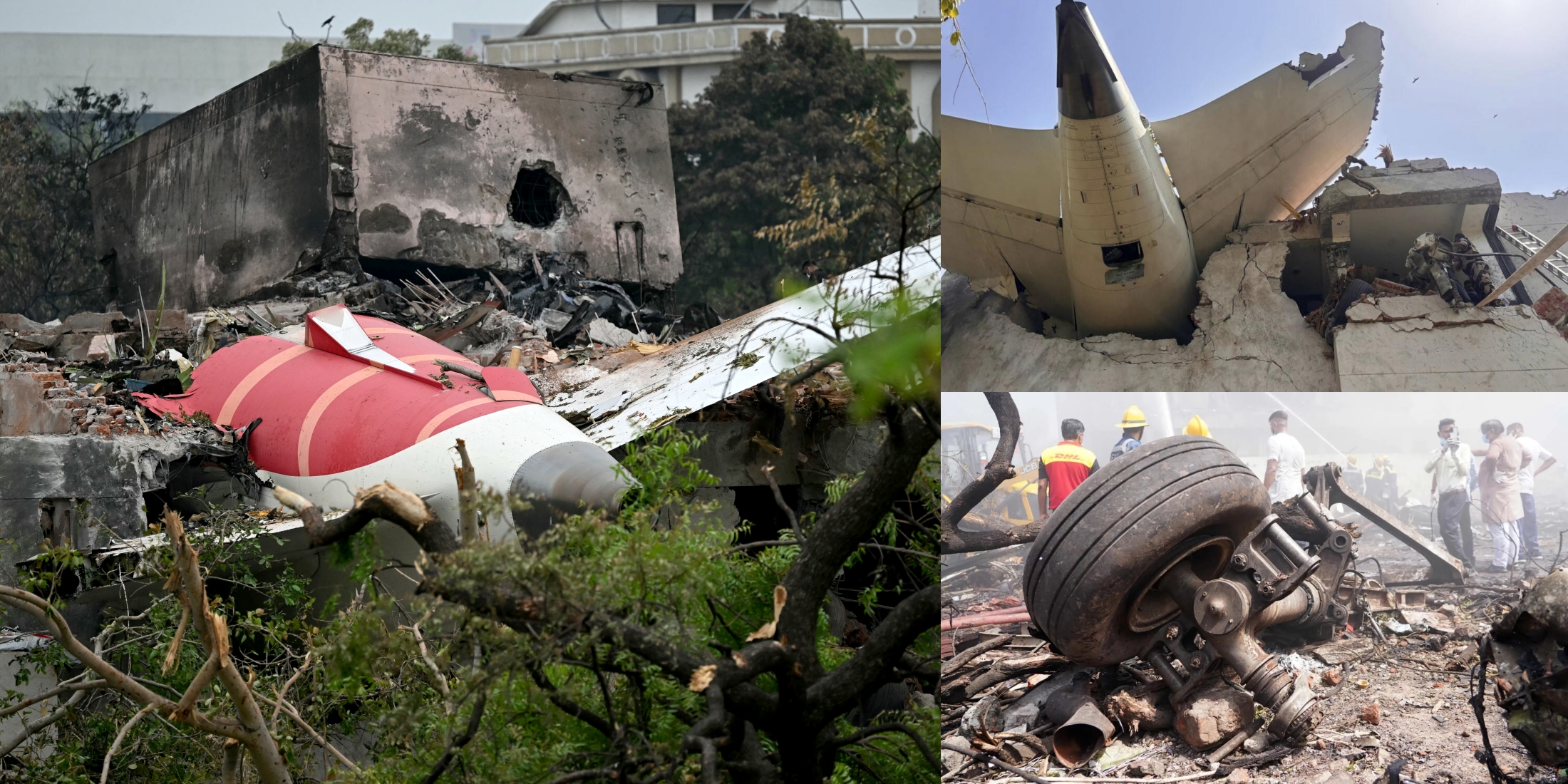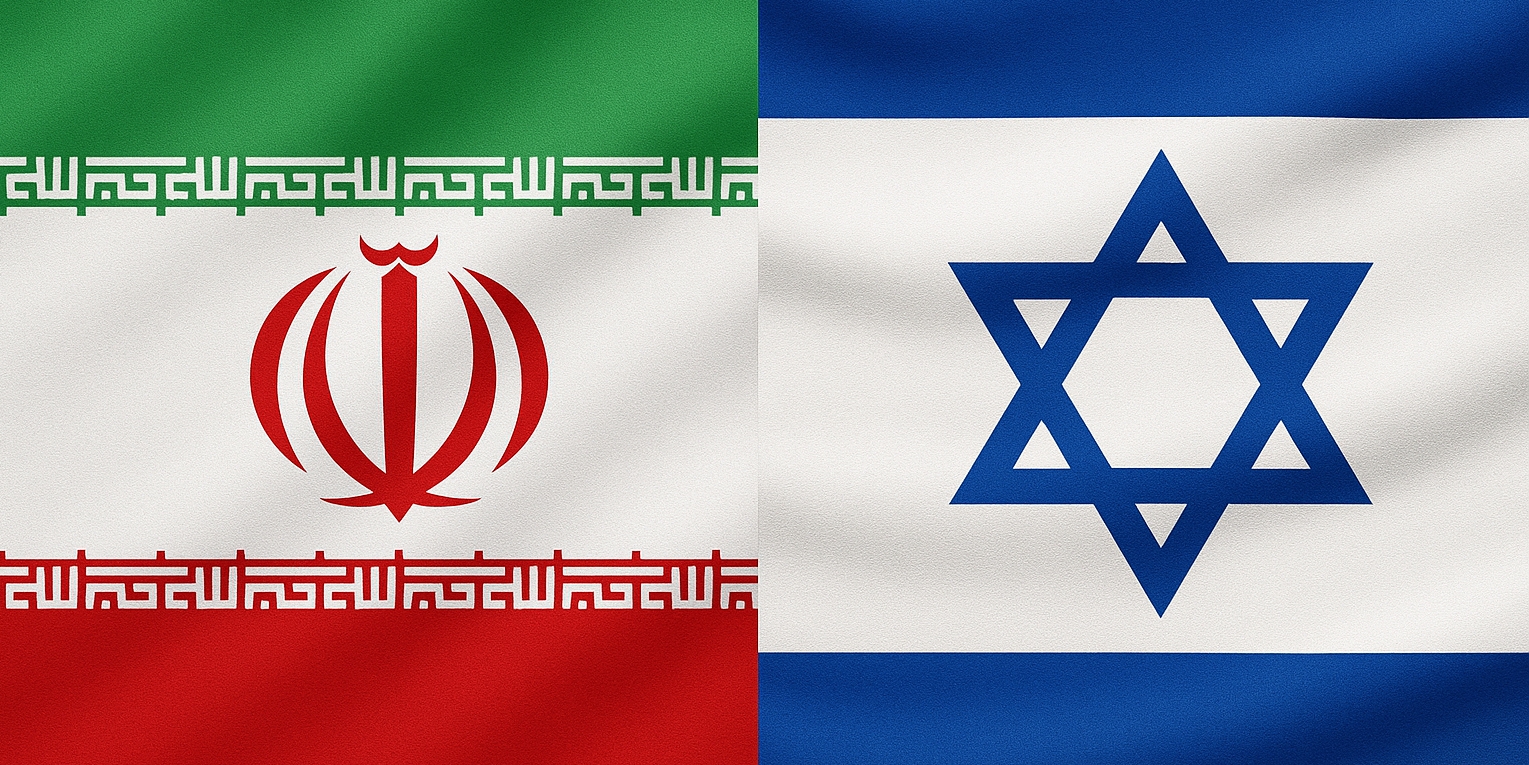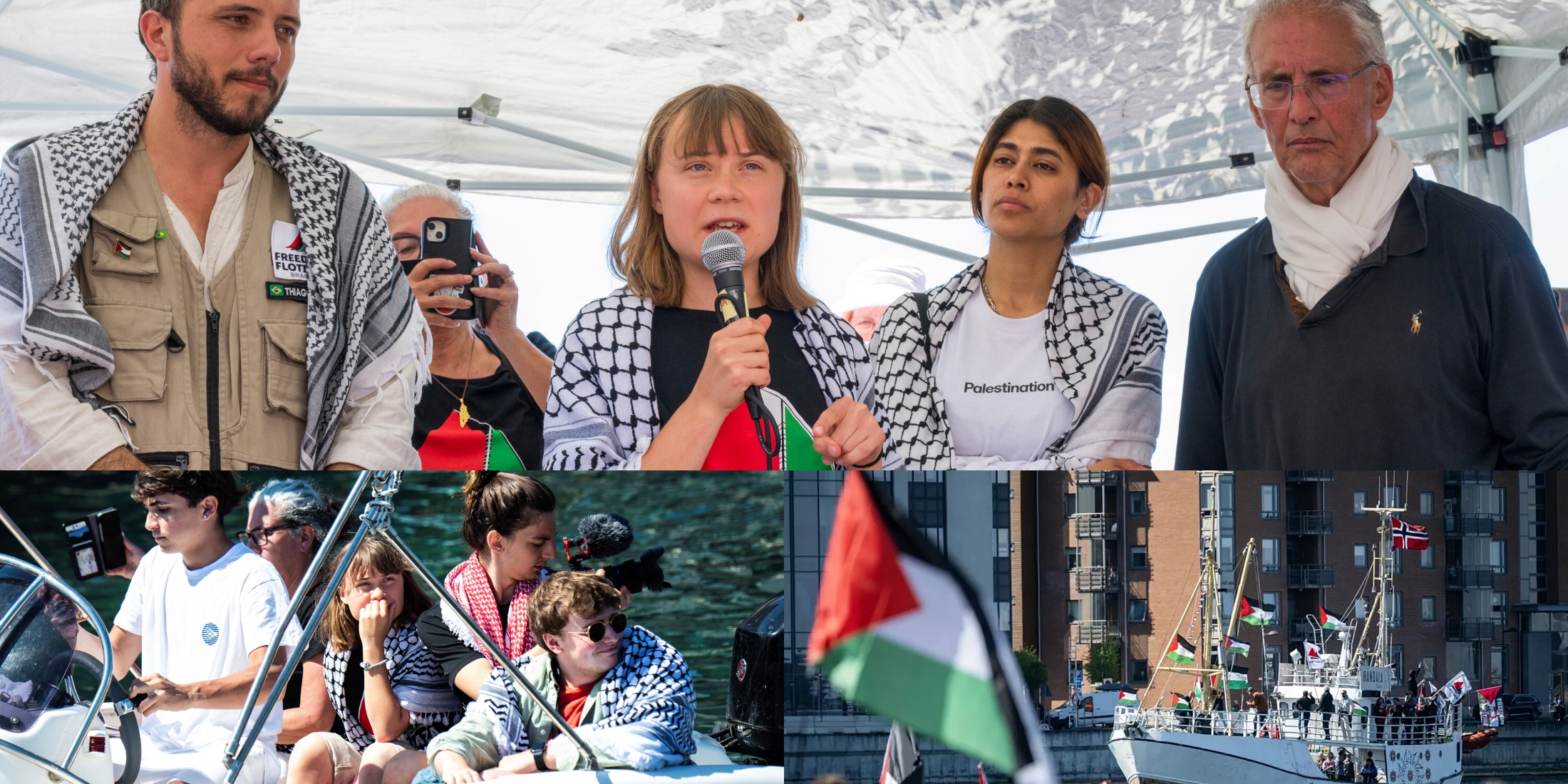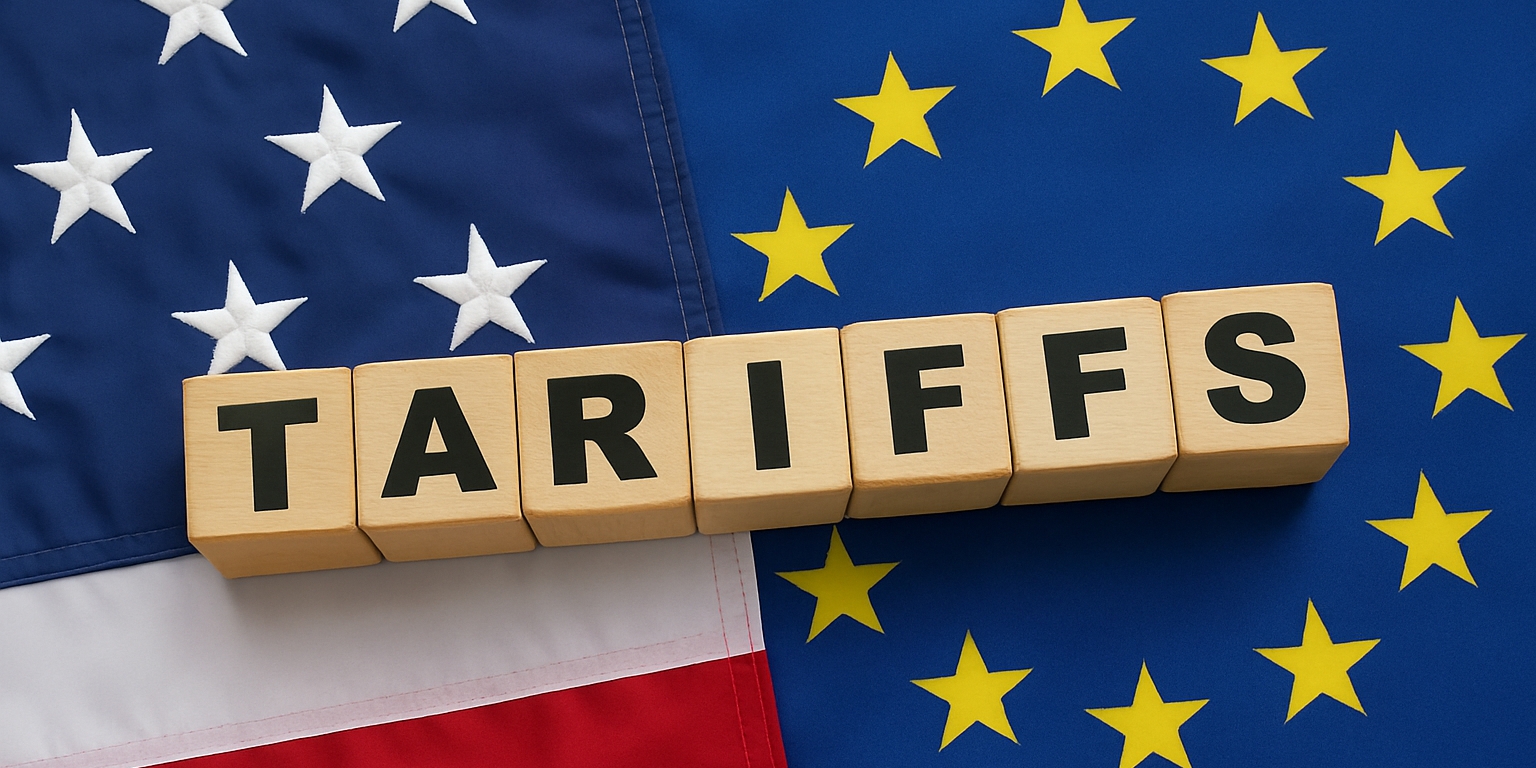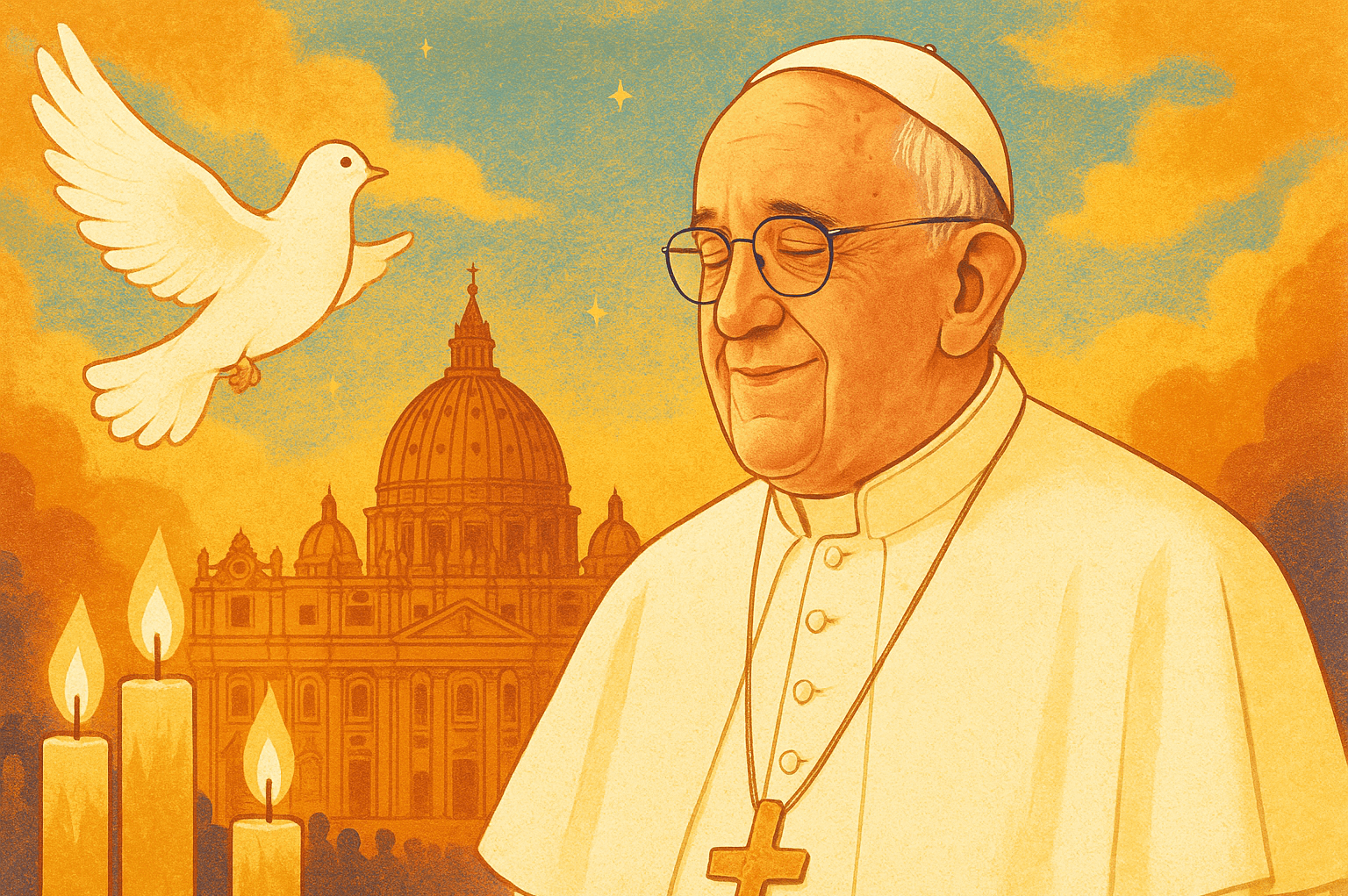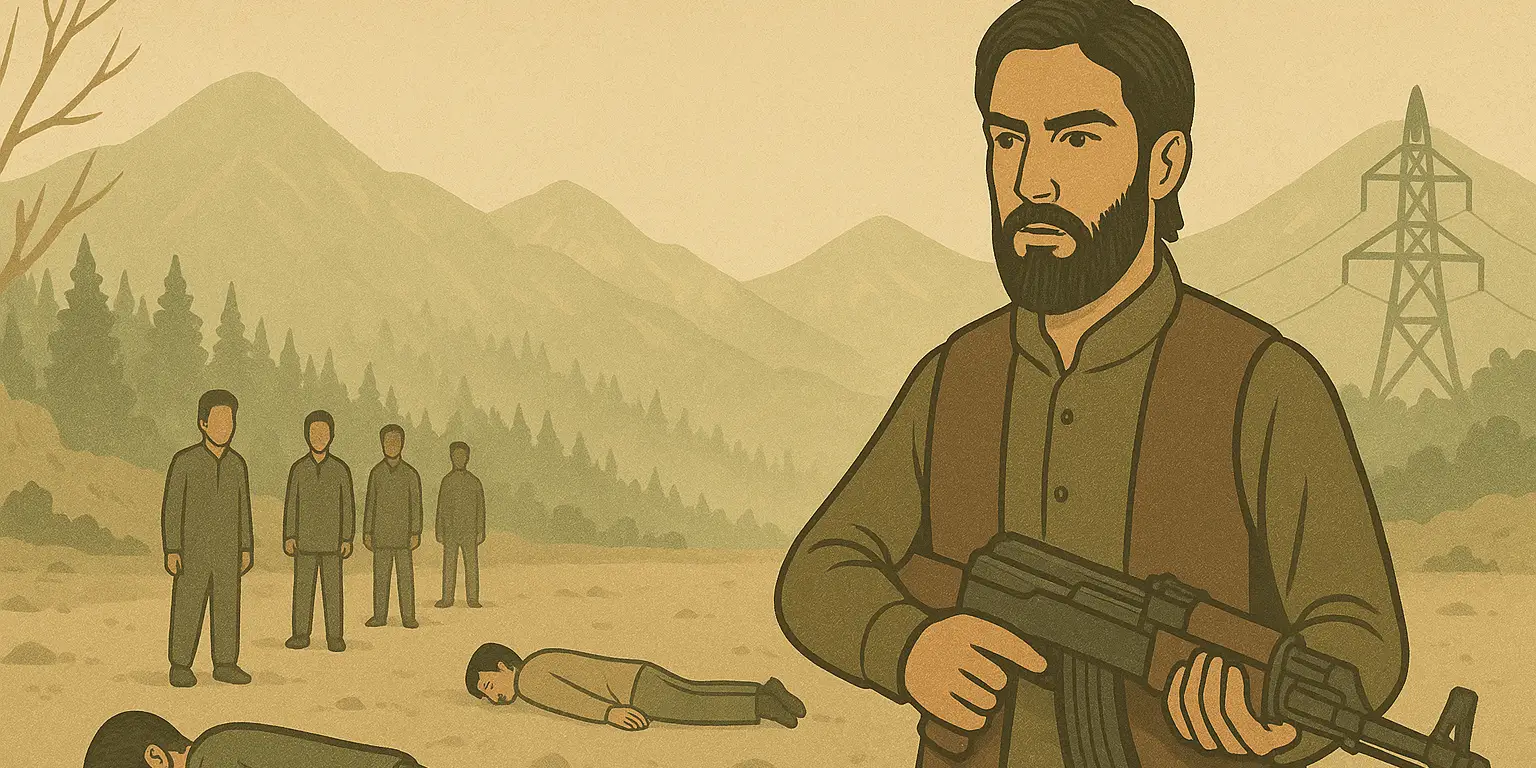With more than 100 journalists killed only in 2024, it has been a deadly year for journalists and media professionals worldwide. Journalists are often in danger in war zones and under oppressive governments.
Gaza stands out as the most dangerous region in the world for journalists, responsible for 30% of journalist deaths this year. The ongoing conflict in Israel has made Gaza the deadliest, recording a human death toll higher than any other country over the past five years. The Reporters Without Borders (RSF) 2024 Round-up shows alarming data on attacks and killings of journalists. According to their report, since October 2023, more than 145 journalists have been killed by the Israeli army, which includes a minimum of 35 whose deaths were solely because of their profession. Plus, 550 journalists worldwide are imprisoned right now, which is 7% higher than last year.
Similarly, the International Federation of Journalists (IFJ) also painted a grim picture of 2024. As of December 10, 104 journalists had been killed worldwide, more than half of them in Gaza, Palestine (55).
In 2024, the Middle East emerged as the most dangerous region. A third of the journalists, about 54, were killed in 2024 in 31 conflict zones. Israel has imprisoned the highest number of journalists since its war on Gaza started in October 2023. It is now considered the world’s third-biggest prison for journalists. Around the world in Iraq, Sudan, Myanmar, Ukraine, and the war-affected region of Gaza, the number of journalists killed for covering conflict zones has reached 57.4%, which is a five-year high. Critical hotspots, including, Pakistan, Bangladesh, India, and Mexico faced journalist murder due to unrest and crime, where Pakistan reported 7, Bangladesh 5, and Mexico 4.
Similarly, the RSF Round-Up report states that there was an alarming number of murders in Bangladesh in 2024, making it one of the extremely dangerous countries for journalists.
This year alone, five journalists lost their lives in Bangladesh, mostly while covering protests. RSF identified both Bangladesh’s and Israel’s security forces as a major threat to press freedom.
The report on killing journalists indicates an “Unprecedented level of risk”, as a lot of deaths occur in conflict zones. The victims killed were often putting their own lives in great danger while covering events or trying to get the truth out. The violence and severe risks that journalists face are often carried out by governments and armed groups.
Bangladesh’s press freedom ranking is currently 165 out of 180 on the RSF World Press Freedom Index. Many journalists faced harassment, physical attacks, and arrests, in time of covering sensitive events. Beyond physical threats, journalists also faced systemic challenges like legal cases and travel bans. Particularly, women journalists reported harassment and heightened vulnerability during protests and anti-government uprisings.
For example, the political unrest in 2024, has worsened the crisis of journalists, which witnessed the fall of Sheikh Hasina’s government and the rise of an interim government led by Mohammad Yunus. Over 300 journalists have been charged with various offenses, including murder, with many of the charges believed to be false.
From the critic’s perspective, the killings of journalists and media professionals led to the destruction of secular and democratic principles. International groups, including RSF, urge Bangladesh’s interim government to release detained journalists and end press crackdowns. As it is a global concern, RSF demands immediate action to protect journalists, while the IFJ calls for the urgent adoption of a UN-backed International Convention for the Protection of Journalists to ensure their safety.

